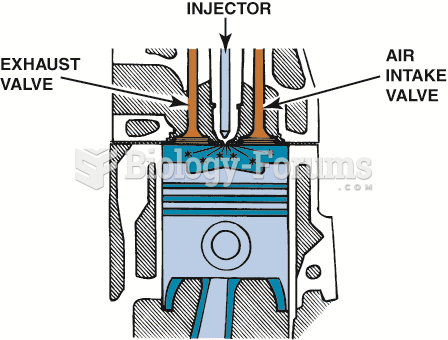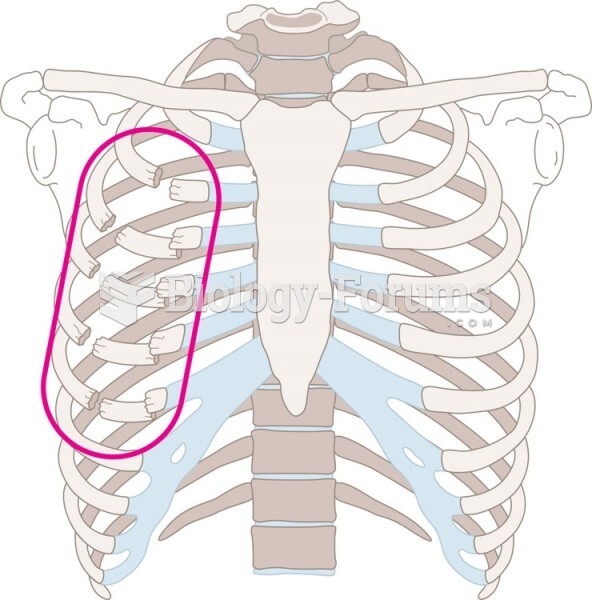Answer to Question 1
D
Answer to Question 2
There are two broad categories of yeast that are used in beer production: Saccharomyces Cerevisiae, known as top-fermenting yeast and Saccharomyces Uvarum, known as bottom-fermenting yeast, and formerly known as Saccharomyces Carlsbergensis.
Each category of yeast reacts and responds differently when in their productive stages of fermentation. Ales use a top-fermenting yeast which means they ferment towards the top of the fermenting vessel. These yeast generally ferment at warmer temperatures (55 - 75 degrees F.) and more quickly (3 to 5 days) than lagers. Ales convert less sugar into alcohol leaving a more noticeable body with some moderate residual sugar after fermentation. At these relatively warmer fermentation temperatures produce beers higher in esters, which many regard as a distinctive character of ale beers. Esters are a class of compounds that contribute specific odors due to the fermentation process.
Lager category of beers utilizes bottom-fermenting yeast which means they ferment towards the bottom of the fermenting vessel. Lagers typically undergo a lengthier (7-15 or more days) primary fermentation at colder temperatures (between 45-55F) than ales. Lagers style beers are typically then given a longer secondary fermentation (ranging from 3239 F) throughout what is referred as the lagering phase. The name lager derives from the German lagern meaning to store. Classically, during this second stage of lageringthe brewers in the Bavarian region of Germany would store their beer in cool cellars and caves during the warm summer months. During this period, the brewers recognized the beers continued their fermentation and prohibited the natural production of esters and other byproducts. Through time, the beers also began to clarify themselves when stored in cool conditionsthe lagering phase, ultimately produced a cleaner and lighter style of beer as broadly compared to ales.







